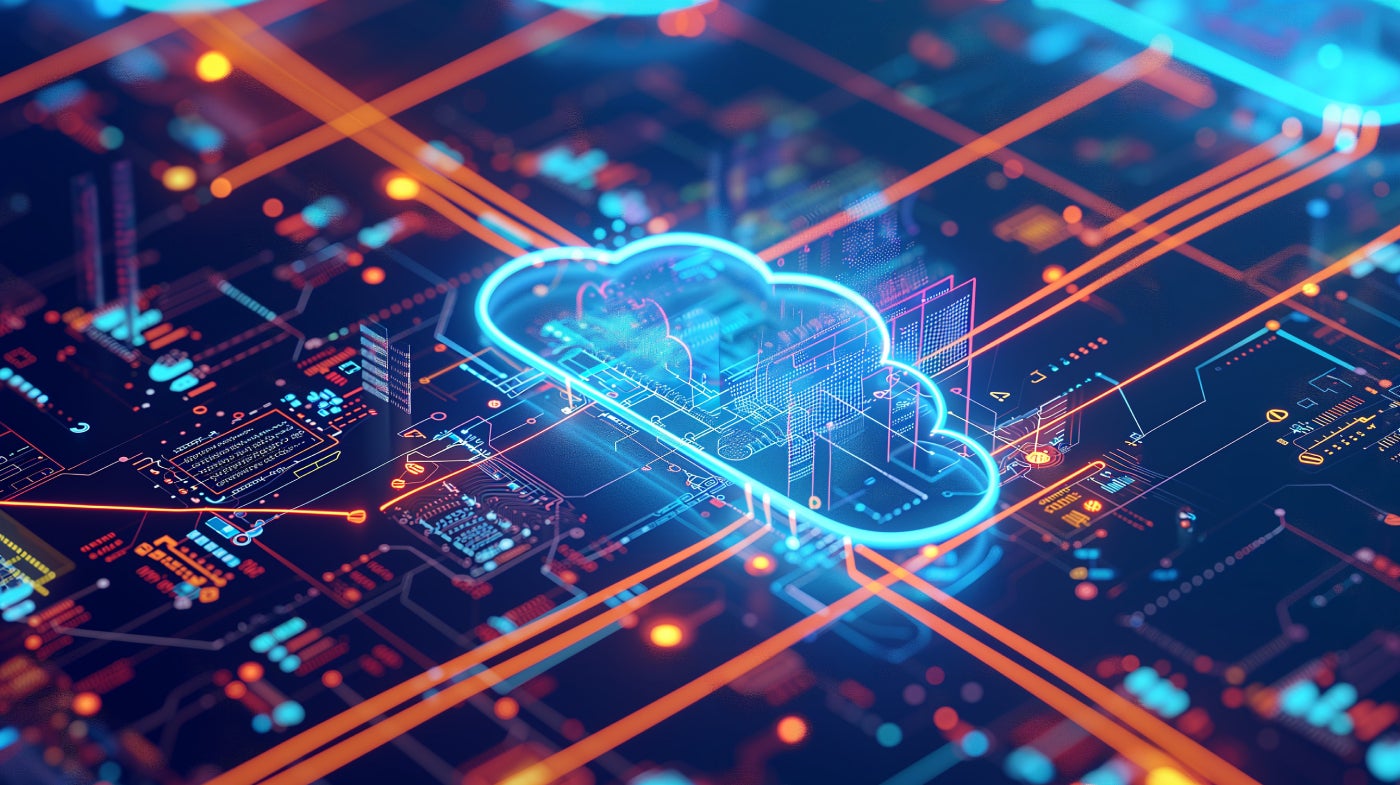This blog series delves into the challenges energy utility companies face as they transition to holistic grid asset management to navigate through the energy transition. Previous posts in this series have covered topics such as the challenges of the energy transition with holistic grid asset management, the integrated asset management platform and data exchange, and merging traditional top-down and bottom-up planning processes.
Asset management and technological innovation
Technological advancements are essential for holistic grid asset management, making grid assets smarter and providing the workforce with smart tools.
Robots and drones use AI-based visual recognition techniques for inspections. Asset performance management (APM) processes, such as risk-based and predictive maintenance and asset investment planning (AIP), facilitate health monitoring technologies.
Technicians can access the internet through wearable devices like tablets, watches, or VR glasses, enabling fast access to relevant information or expert support from anywhere in the world. This helps technicians resolve technical issues quickly, improving asset utilization and reducing asset downtime.
Mobile-connected technicians benefit from enhanced safety measures like access control, gas detection, warning messages, or fall recognition, reducing risk exposure and enhancing operational risk management (ORM) during work execution. Cybersecurity measures reduce the risk of cyberattacks on digitally connected assets.
Sensoring and monitoring also play a role in directly measuring sustainability environmental, social, and governance (ESG) metrics such as energy efficiency, greenhouse gas emissions, or wastewater flows. This approach provides real data points for ESG reporting, helping reduce carbon footprint and achieve sustainability goals.
The asset management maturity journey
Utility companies can see asset management evolution as a journey towards asset management excellence. The stages from reactive to proactive asset management culture are illustrated in the figure below, along with the methods and approaches companies may employ:
In the holistic asset management view, a scalable platform offers functionalities to build capabilities along the way. Each step in the journey requires adopting new processes and ways of working, supported by dedicated best practice tools and optimization models.
The enterprise asset management (EAM) system transitions to a preventive maintenance program in the early stages of the maturity journey, from “Innocence” to “Understanding”, reducing the cost of unplanned repairs.
Advancing to the “Competence” level, APM capabilities become the focus, emphasizing uptime and business value by preventing failures. Machine connectivity through IoT data exchange enables condition-based maintenance and health monitoring, aligning maintenance efforts with costs and risks.
Predictive maintenance uses machine learning models to predict imminent failures early, allowing for planned intervention. The final step in this stage is optimizing maintenance and replacement programs based on asset criticality and available resources.
At the “Excellence” stage, APM and AIP combine, and predictive generative AI creates intelligent processes, making asset management self-learning and prescriptive for overall business value.
New technology drives the asset maturity journey, connecting asset management systems with digital solutions and enhancing work quality and productivity with smart connected tools. The introduction of (generative) AI models in asset management brings a toolbox of optimization tools, supporting companies in developing capabilities for efficiency, safety, reliability, and sustainability. As asset and asset manager maturity grows, current and future grid assets generate more value.
Holistic asset management aligns with business goals, integrates operational domains, deploys digital innovative technology, and enables excellence in asset management maturity, allowing utility companies to maximize their value and thrive during the energy transition.
Read more about the business value of APM
Was this article helpful?
YesNo























